Melbourne: Population, history, sights, shopping, fashion and crime
Brimming with world class restaurants, boutiques, theatre and sporting events, Melbourne is everything a capital city should be – and more. Here’s a closer look at postcode 3000.

Melbourne City
Don't miss out on the headlines from Melbourne City. Followed categories will be added to My News.
Equal parts cosmopolitan city, sport-crazed capital, fashionista heaven and foodie nirvana, there is so much to love about Melbourne.
Within its well-planned grid are laneways brimming with world class restaurants, fashion forward boutiques, amazing street art and beautiful art deco buildings, which have earned Melbourne its rightful reputation as the cultural capital of the country.
Built on the traditional land of the Kulin Nation, since European settlement in 1835 waves of migration have helped turn Melbourne into a multicultural mecca.
Recent Census data reveals the city centre is home is 37,975 people with the median age 26 and Mandarin the most commonly spoken language at home.
The majority of its full time inhabitants are students, singles and couples with no kids – and given its reputation for having the best bars, fashion, food and transport in the state, it is no wonder.
But Melbourne is really home to every Victorian – and we’ll meet you under the clocks next time we’re in town.
Here’s a look at some of Melbourne’s most important milestones and moments.
BOURKE STREET THEN AND NOW

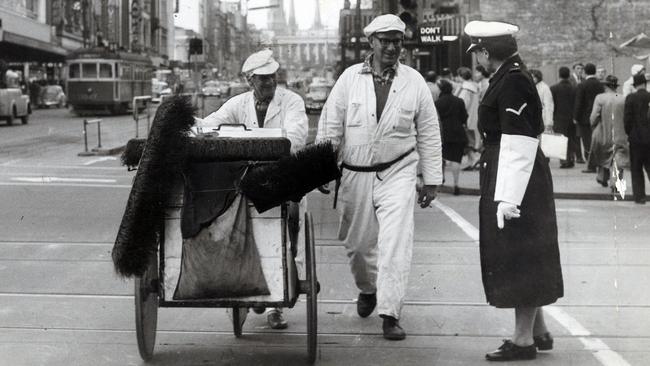
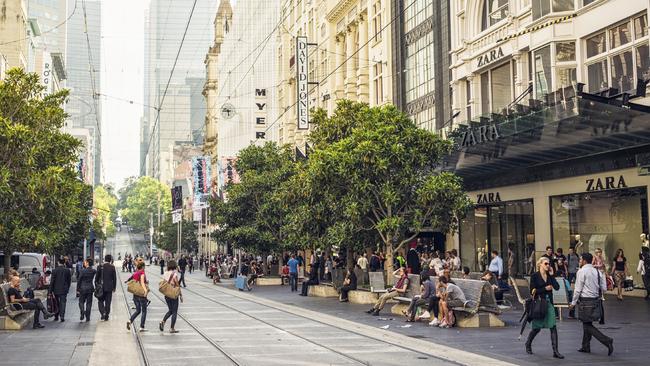
THE FORUM OPENS
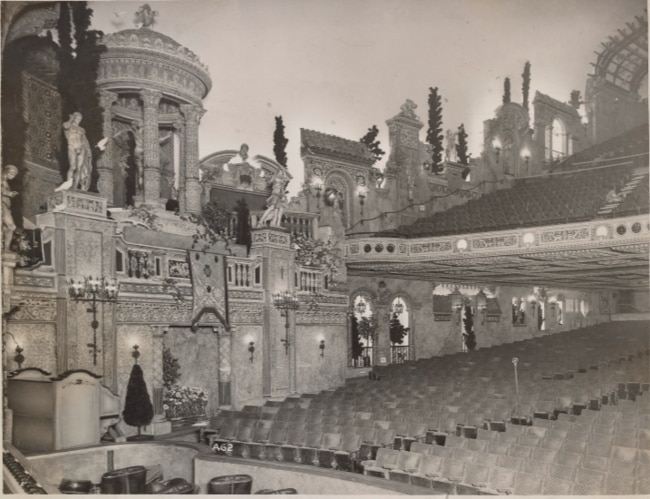
Now one of Melbourne’s most coveted music venues the Forum Melbourne first opened in 1929 and was called the State Theatre complete with gargoyles as part of its neo-gothic facade.
The land it was built on was sold at the first Melbourne land auction in 1837.
MCG THEN AND NOW

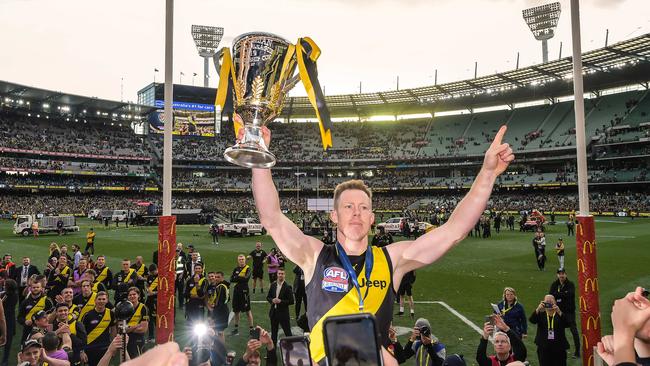
MAGIC MOMENTS
OLYMPIC DREAMS
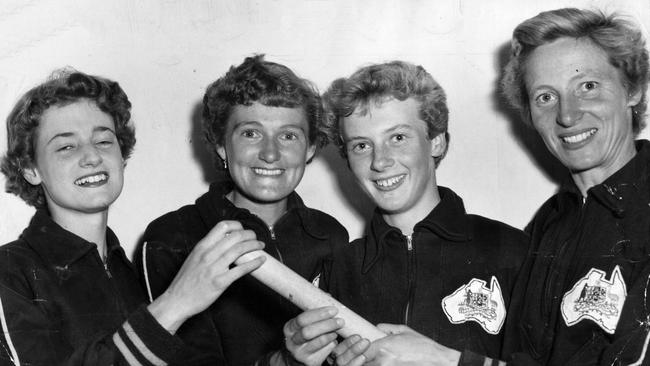
There are many reasons for Melbourne’s reputation as the “sporting capital” of Australia.
One of the most iconic dates in our rich sporting history is the 1956 Olympic Games.
BEATLEMANIA ARRIVES
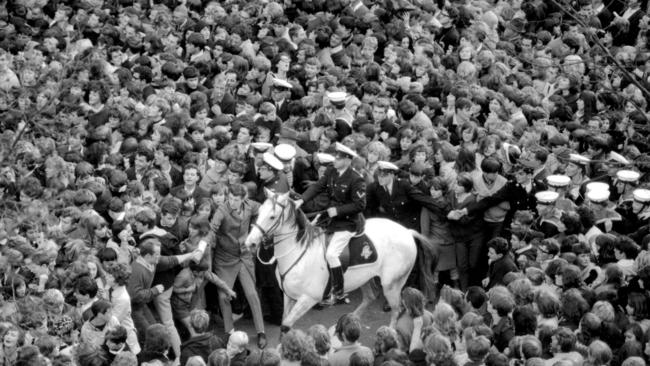
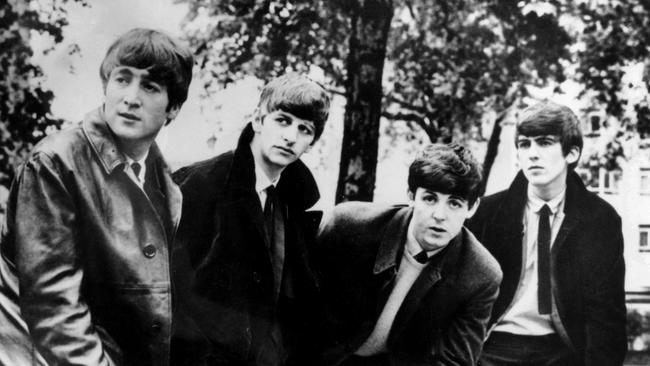
The biggest band in the world touched down in Melbourne on June 15, 1964, creating mass hysteria.
An estimated 300,000 people flooded the city’s streets in an effort to catch a glimpse of the famous pop group.
THE COMMONWEALTH GAMES

While it may not have been as coveted a prize as the 1956 Olympics, the 2006 Commonwealth Games was an excellent showcase of the exciting multicultural “new” Melbourne.
FEDERATION SQUARE UNVEILED
Arguably the most hated buildings in Melbourne – the Gas and Fuel buildings – were demolished, paving the way for the planning of Federation Square.
The end result tends to divide the public, but one thing is for certain, Fed Square has become one of the most recognisable structures in the city.
CRIME
Queen St massacre, December 8, 1987
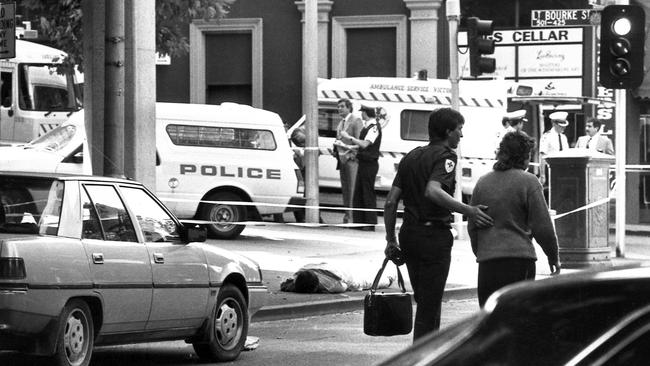
Eight people were killed in the Queen Street massacre in December 1987 when Frank Vitkovic entered the Australia Post offices on Queen Street and started shooting employees.
Russell St bombing, March 27, 1986
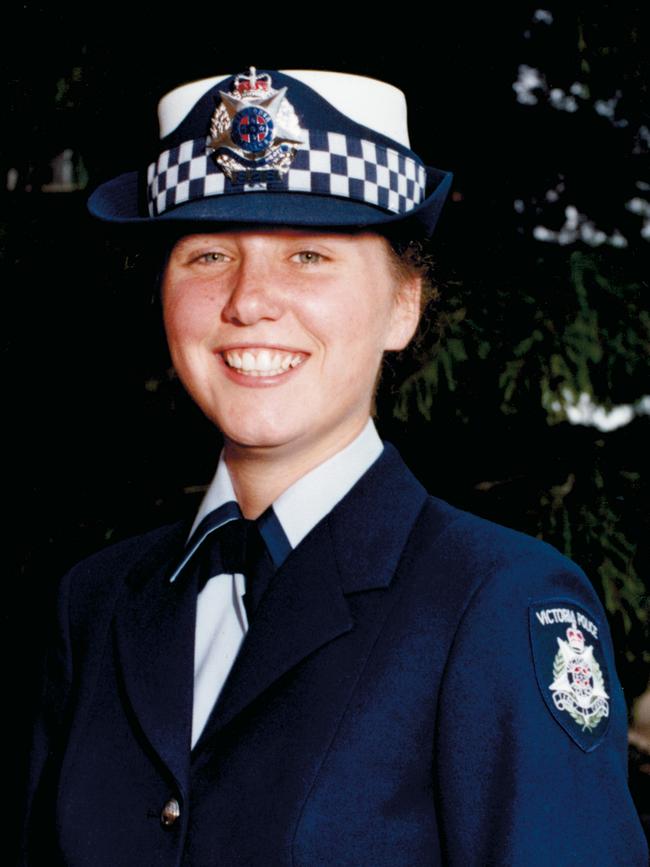
March 27, 1986 was a tragic day in Melbourne’s history when a car full of explosives ripped through Russell St, outside police headquarters.
Melbourne’s gangland war
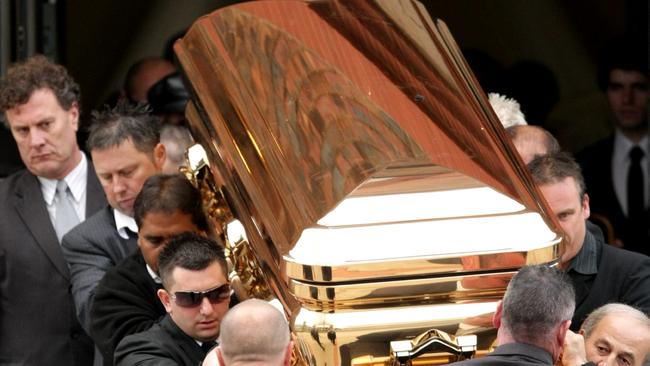
It was a tit-for-tat series of executions, often in public places, in suburban Melbourne in the late 1990s and early 2000s.
The conflict was largely between drug trafficker Carl Williams and those associated with Melbourne identity Dominic ‘Mick’ Gatto’s Carlton Crew, such as the Moran family.
Williams either ordered or arranged many of the murders, killing off rivals in the drug trade and seeking revenge.
Lawyer X
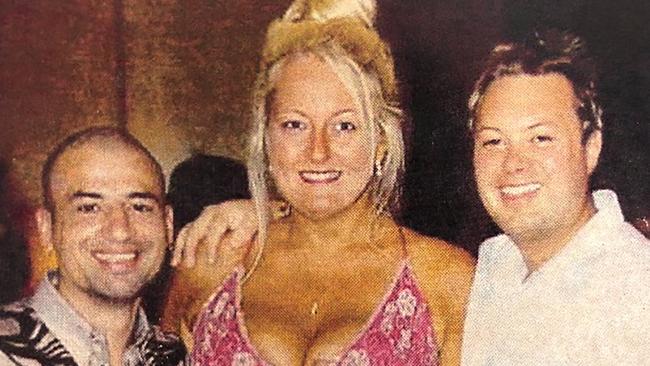
Nicola Gobbo named as Lawyer X, the informant behind the incarceration of criminals like Carl Williams and Tony Mokbel.
She was a police informer with the perfect disguise: Defence lawyer.
She passed on her clients’ secrets to police and worked with both sides.
Check out more stories at The Melbourne City News
Like us on Facebook here
Contact Grace at grace.mckinnon@news.com.au
MORE:
ST KILDA: HISTORY OF POSTCODE 3182
ESSENDON: HISTORY OF POSTCODE 3040
MERNDA: HISTORY OF POSTCODE 3754
FERNTREE GULLY: HISTORY OF POSTCODE 3156
